A life-cycle BIM workflow reduced the Chengdu Hotel’s construction time by 50%

Chengdu, Sichuan, China
Wave goodbye to a clunky workflow. The interior design team for the Chengdu Dong’an Lake Kapok Hotel did just this and leveraged true life-cycle Building Information Modeling (BIM) throughout the entire design-build process. This project was built in China, where many of its sister projects are still designed traditionally and re-modeled with BIM, commonly known as “fake BIM.” Breaking through preconceived time expectations, the team combined Trimble tech (shoutout to Trimble Robotic Total Stations) and SketchUp to reduce construction time by nearly 50% – talk about refining the BIM process!
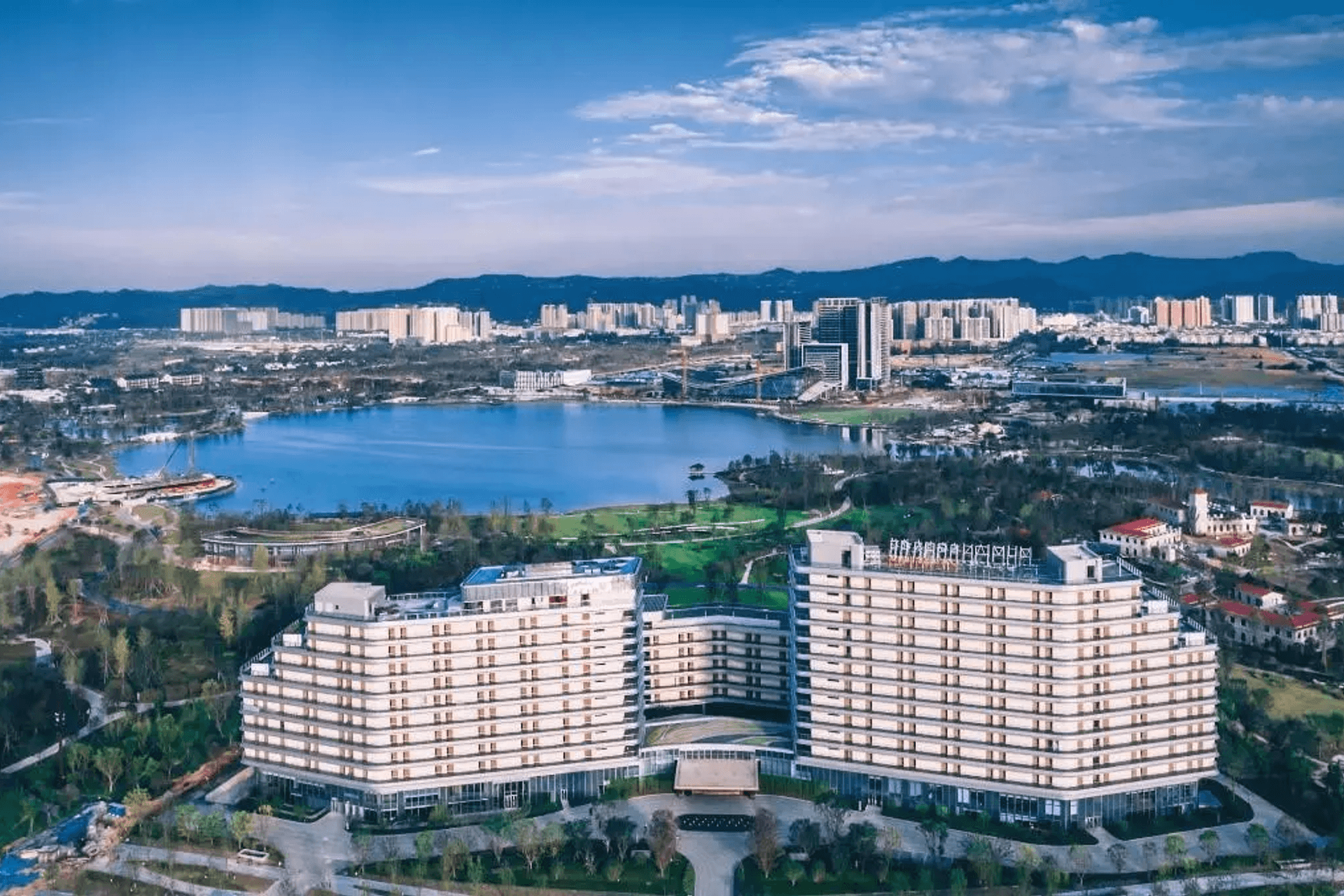
The project team for the interior design consisted of the owner of the project, China Resources Land (CRL), interior designer and BIM consultant (1), Beijing Original Consociation Interior Design Co. Ltd. (OCD), and the construction team. Switching from t
(1) Interior Project Designer and BIM Consultant: Unlike traditional Interior Project Designers responsible for design development and construction documentation, the BIM Consultant delivered a BIM model with construction documentation level detail in this project. The general contractor could build the project from the BIM model without needing all 2D drawings. The general contractor only delivered as-built drawings for statutory requirements at the end of construction.

Chengdu Universiade Campus rendering
A tight deadline forces a creative design approach.
The Chengdu Hotel needed to be built in time for the opening of the Chengdu Universiade Sports Center in 2021, leaving only 17 months for completion. With a tight construction cycle, strict cost control, and high-quality requirements, CRL knew they needed a lightning-fast design workflow. Although CRL had never done a hotel project with life-cycle BIM, they pivoted to this new process. Life-cycle BIM involves all disciplines and stakeholders and is the 3D design and management of a building from concept to demolition. CRL could test out new workflows on this hotel project because it was owner-led, and they supervised all stakeholders from design to construction.
The final building is 61,000 sqm (656,600 sq.ft.), including three towers, a podium, a banquet hall, 351 hotel rooms, and a basement. In December 2019, the concrete foundation was poured; by May 2021, this colossal project was finished, with a total construction time of 17 months. In comparison, 32 months is typically the time it takes to design and build a hotel, meaning this project shortened the construction cycle by nearly 50%. Closeout was 7-8 months, compared to 12 months for similar scale hotel projects, which shrank closeout by 42%.
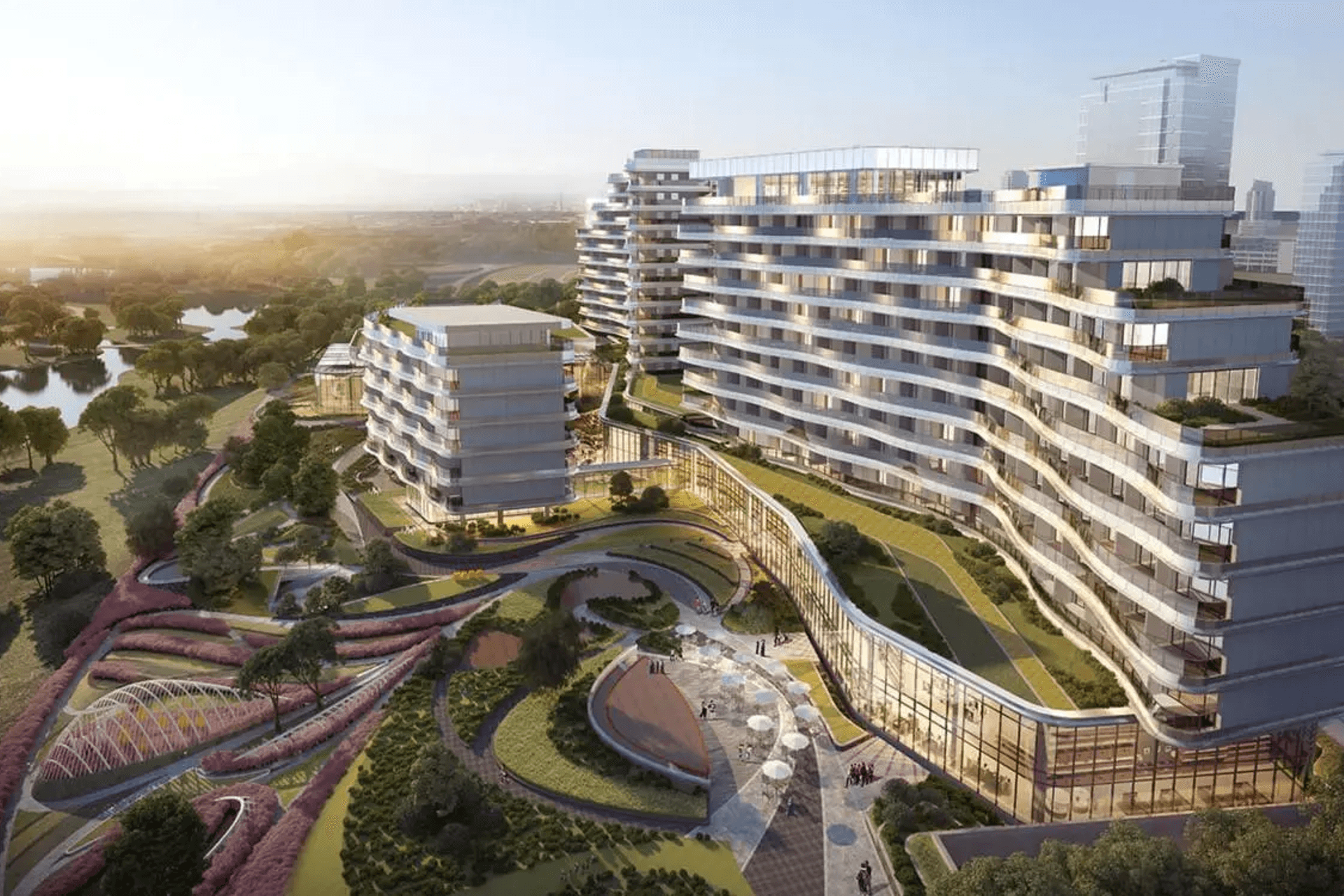
Chengdu Hotel Project rendering

Restaurant as-built photo
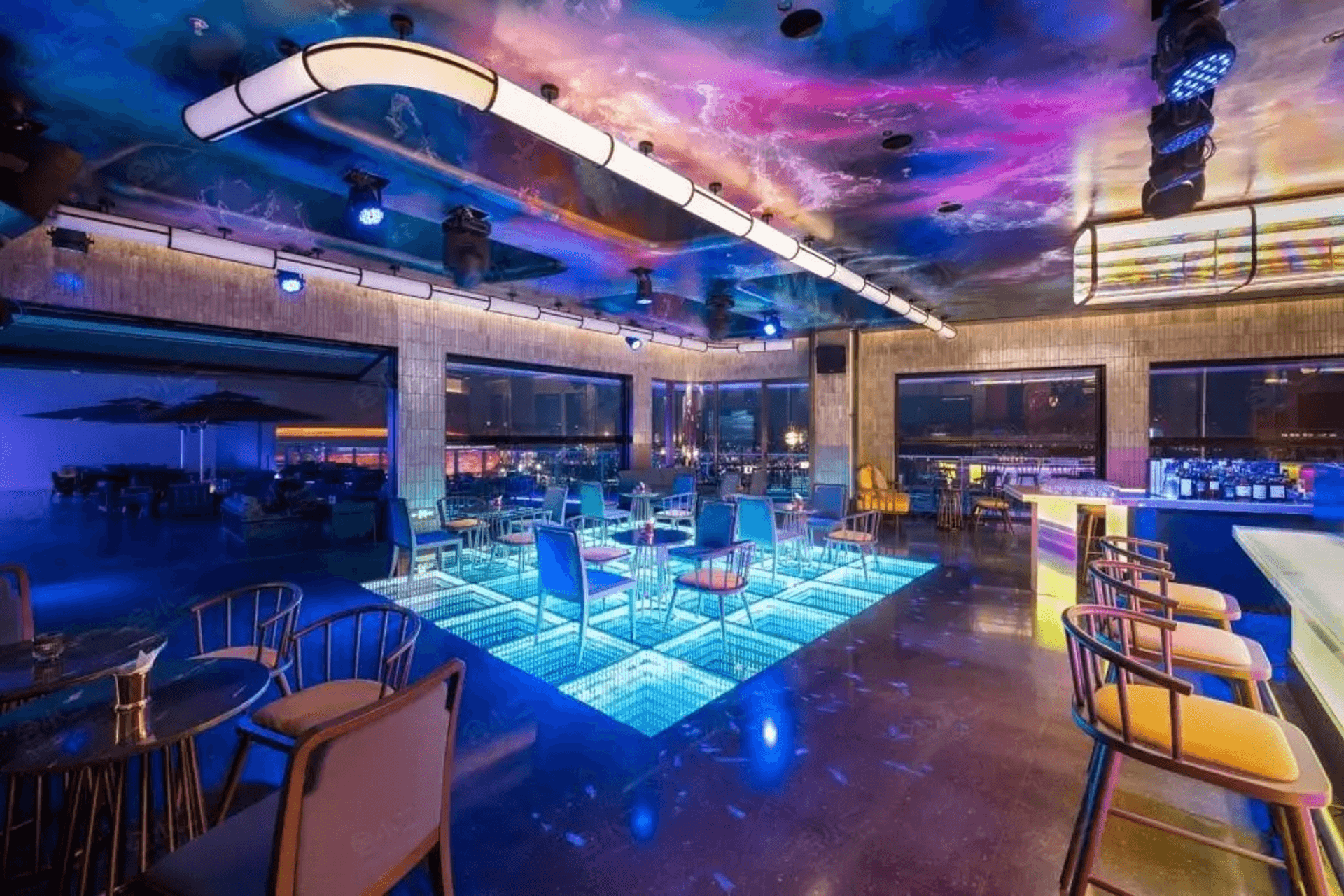
Rooftop bar as-built photo
Five tips for a successful life-cycle BIM process:
- Use one 3D model from beginning to end and beyond! The design team used the SketchUp model created for the BIM process to develop the hotel's interior design and materials list and to guide the fabrication process. After construction, the 3D model was delivered to the building’s maintenance team for use throughout the hotel’s lifecycle. Talk about no time wasted and no need for rework!
- Your modeling methodology is the key. It is vital to build the model according to the project’s BIM requirements, ensuring that your model delivers the specific data points your project needs. During the design phase, the team created the models with the accuracy required to produce time-efficient estimates and material quantity take-offs, allowing them to go directly to procurement.
- Anticipate risks in advance. The BIM process helps avoid risks before they happen. The 3D model was accompanied by scanned 3D cloud data of the site, enabling the continued use of the model to run error analysis reports throughout the project. The design team also ran clash detection before design development to identify and solve issues in advance.
- Achieve digital accuracy for your model with 3D scanning and Trimble Robotic Total Station. For the hotel project, the interior design team created an as-built structural model based on laser-scanned point cloud data. The BIM models were developed around the existing structure, then exported for job site layout using the Trimble Robotic Total Station and FieldLink.
- Use a full-discipline, cloud-based design platform for life-cycle BIM management and implementation. All the stakeholders could access the BIM model and data for the hotel, meaning all the information was synced and shared.

BIM project management organization chart
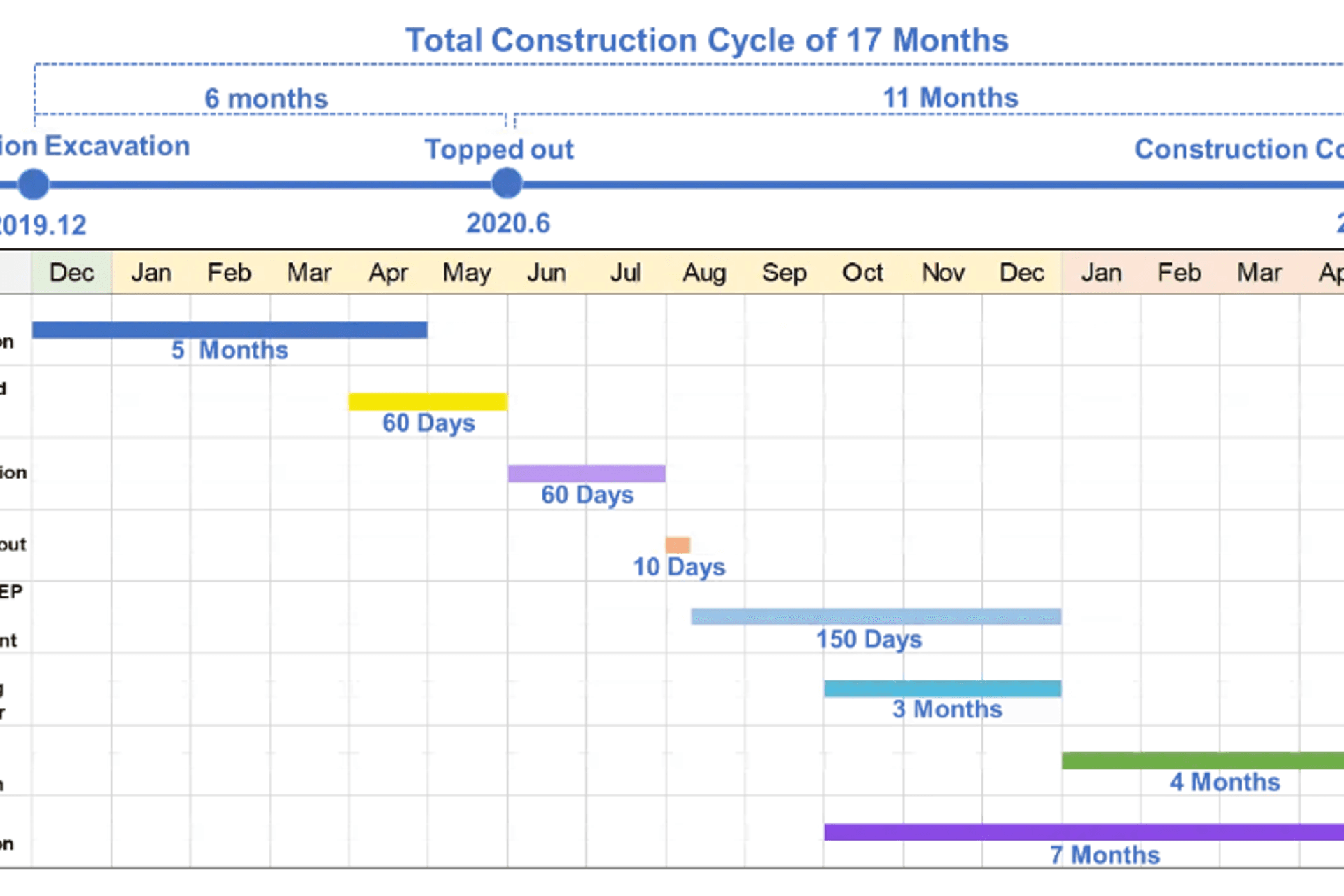
Construction schedule
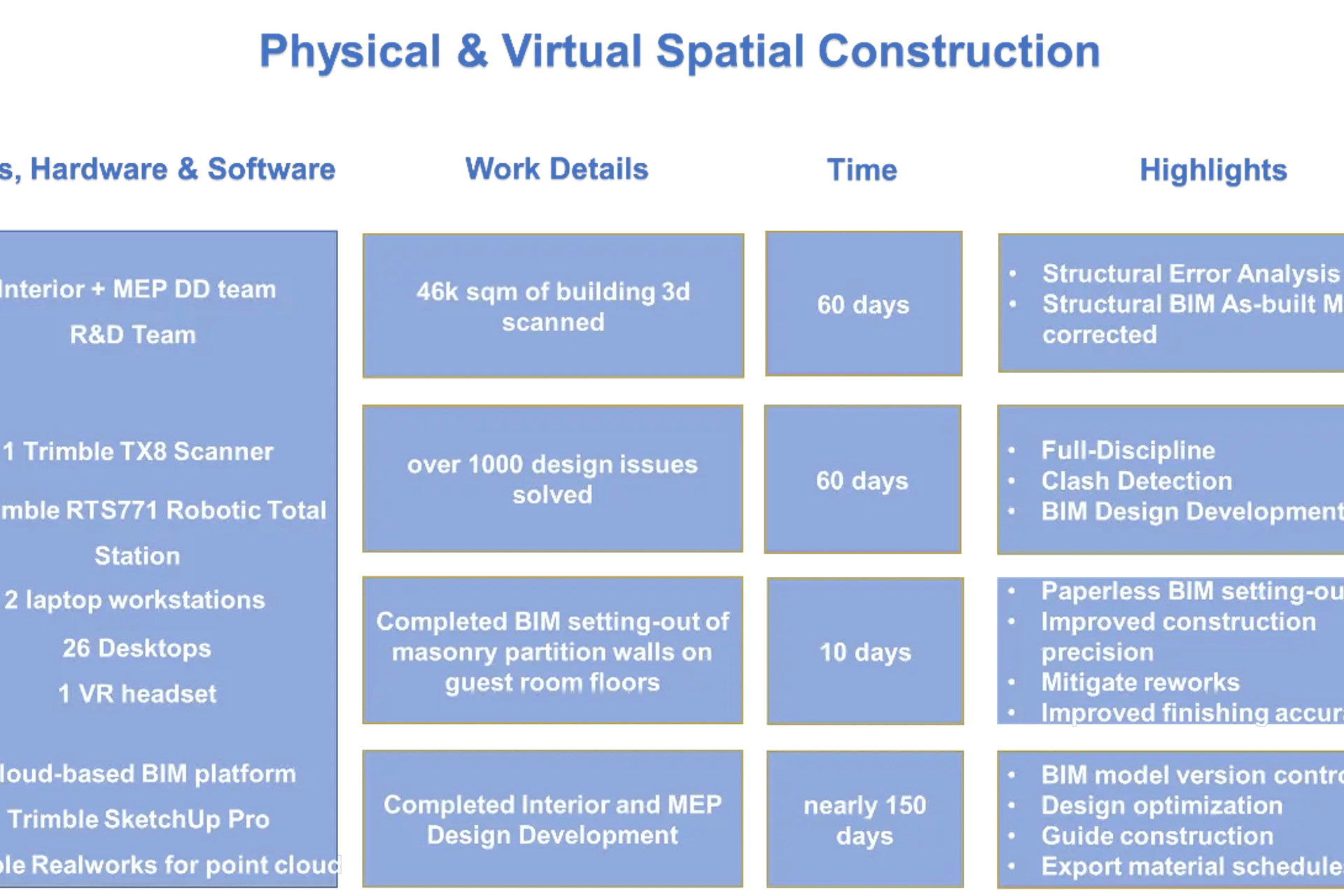
Workflow, software, and hardware highlights
Point cloud scanning: ensuring model and site consistency
This project used a Trimble scanner to capture millions of points around the project under construction. Due to site conditions and the project's sheer scale, the point cloud scan for the hotel under construction was compiled in building segments, separated by floor. Then the structural dimensions and elements from the Interior Schematic Design Model were adjusted based on the point cloud data to form an accurate basis for detailed interior and MEP (mechanical, electrical, and plumbing) models.
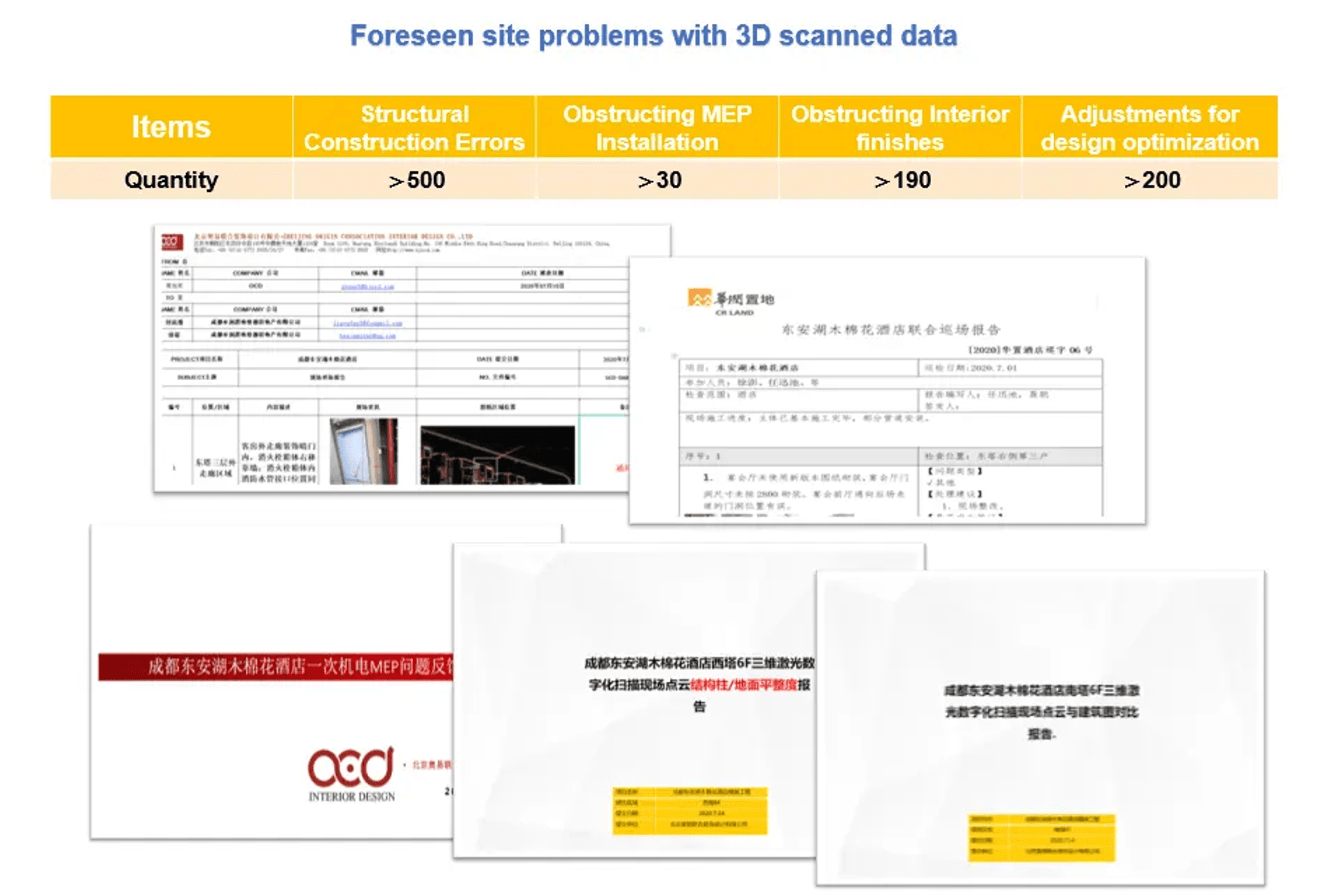
“Why would we go to the effort of creating a point cloud scan while the building was under construction? Because the minor changes and errors that occurred during the structural construction stage are hard to capture in the as-built drawings. Suppose the interior design, fabrication, and installation were based on original construction drawings. In that case, the accuracy of many ceiling elevations cannot be guaranteed, which would trigger more changes and wasted time. When we use point cloud scanning, the as-built dimensions are up to date in the 3D model to assure its accuracy throughout the project.”
-Liu Dejian, Deputy General Manager of Hotel Tourism and Health Division, China Resources Land Headquarters
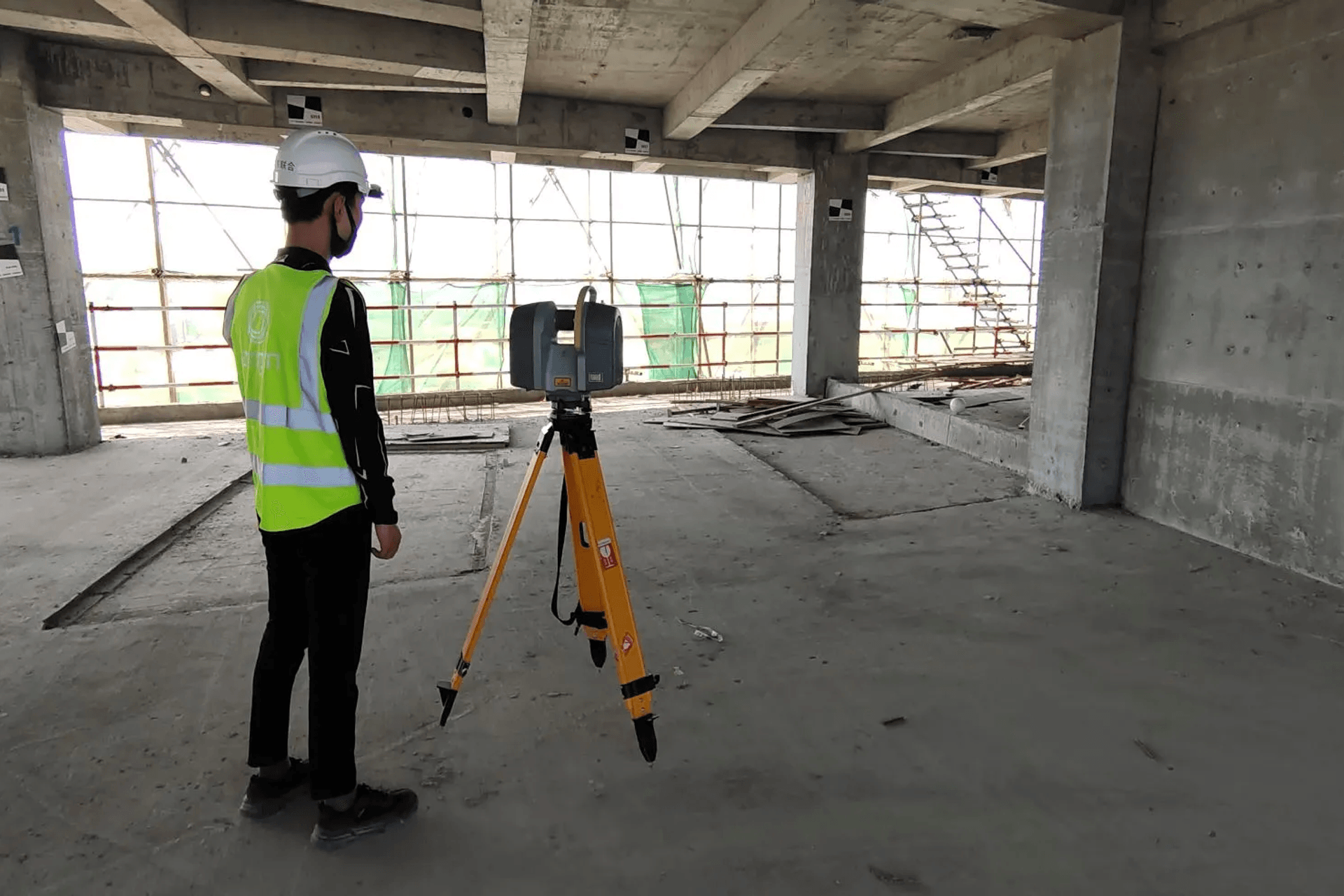
On-site scanning of construction operations
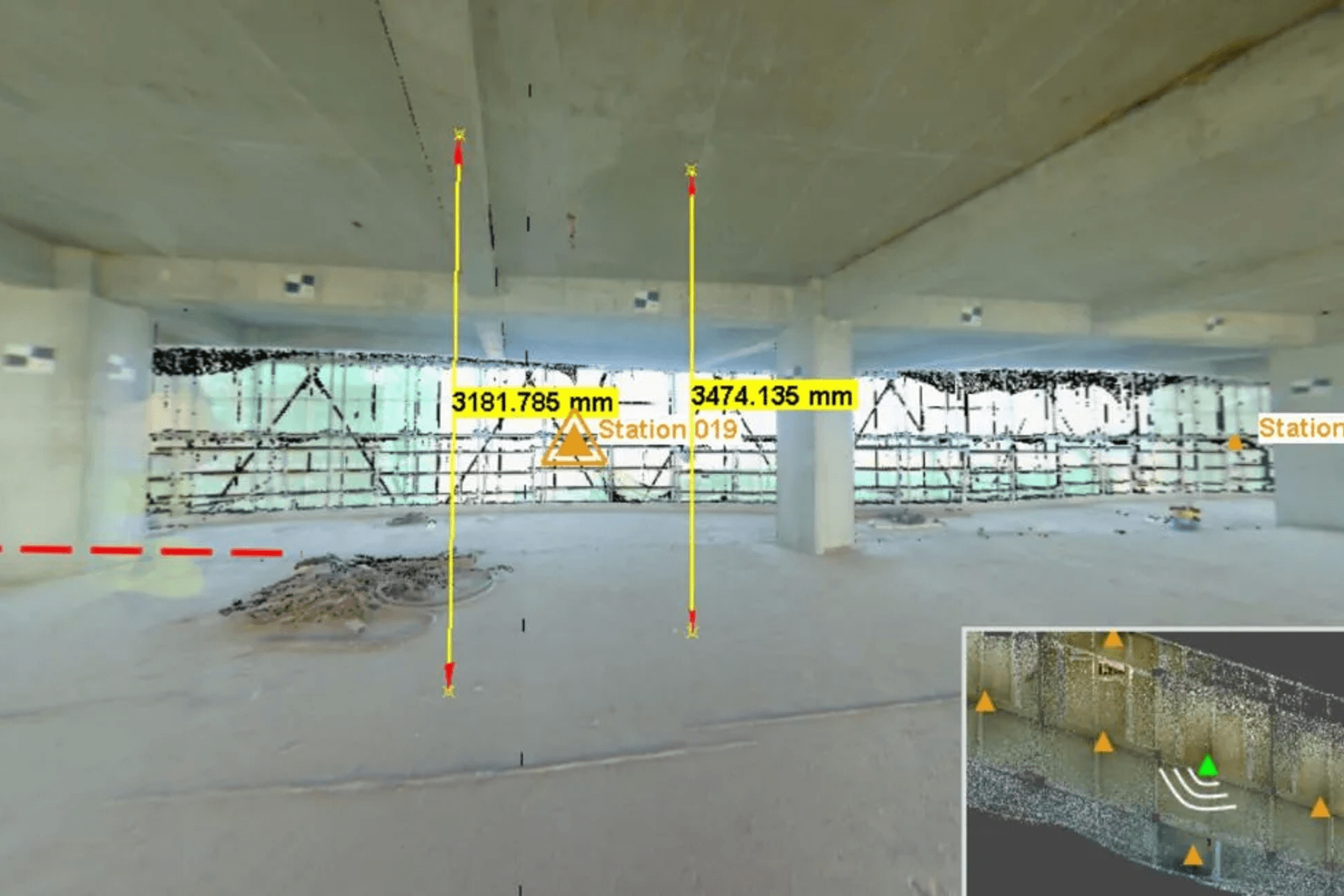
On-site scanning for building structure dimensions
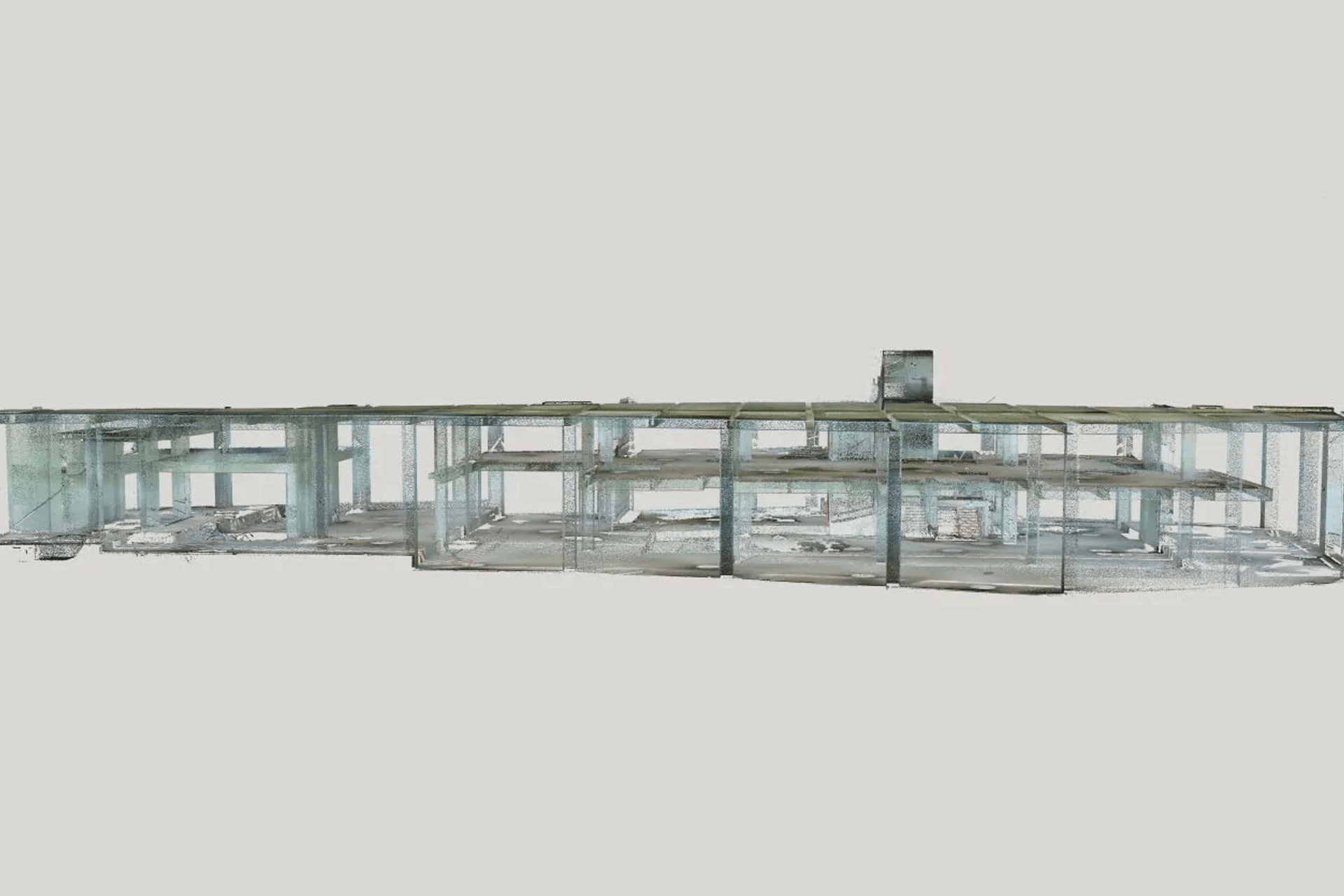
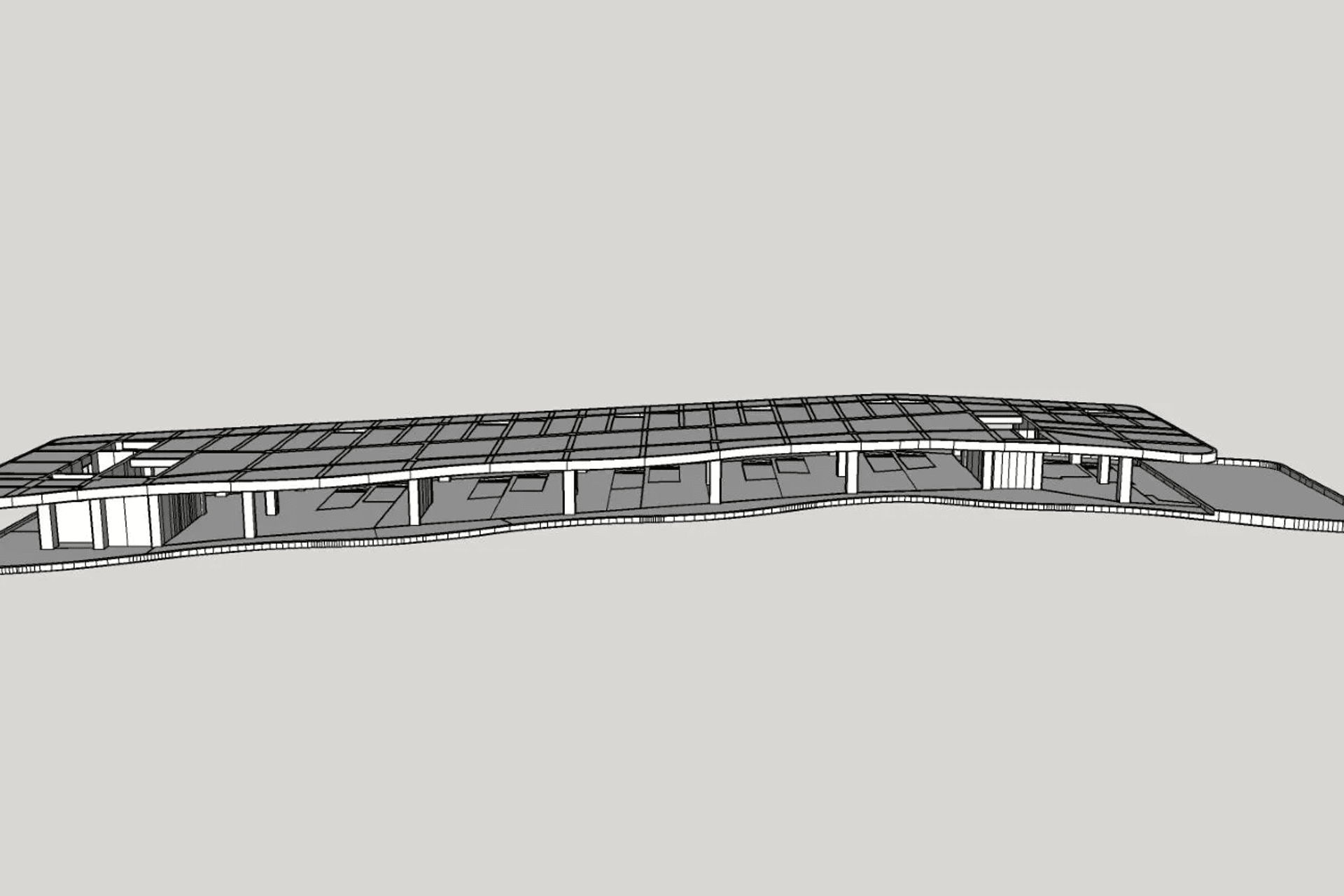
“With the help of point cloud scanning and error reports, we synchronized the factory production and onsite construction time. For example, the grand ballroom has many aluminum and stainless-steel panels, which naturally expand and deform after installation. With the scan point cloud, we could capture the material’s change. Traditionally, this grand ballroom space would have taken seven to eight months to complete construction, but it took less than four months using this accurate technology.”
-He Wei, Head of BIM, Hotel Tourism and Health Division, China Resources Land Headquarters
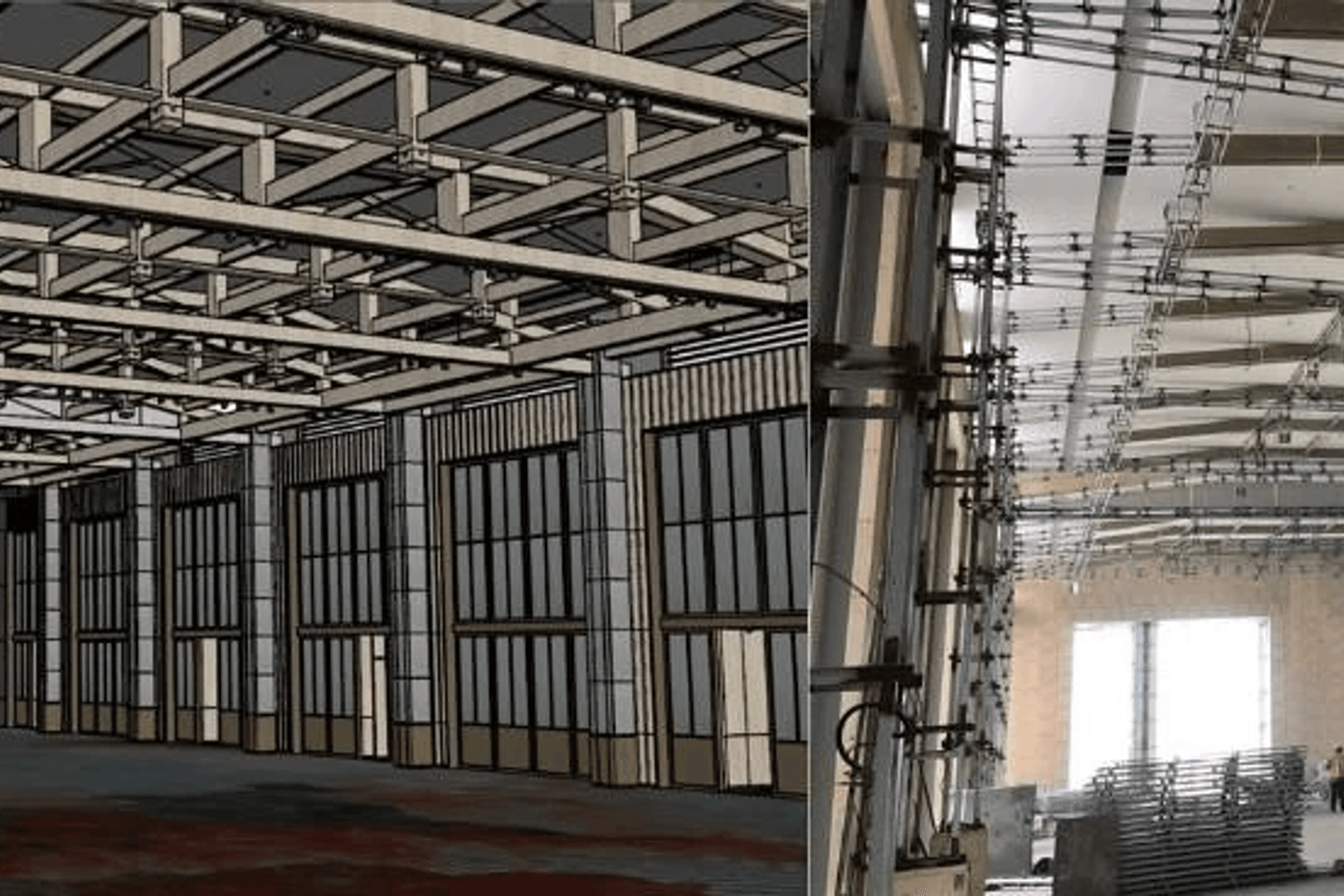

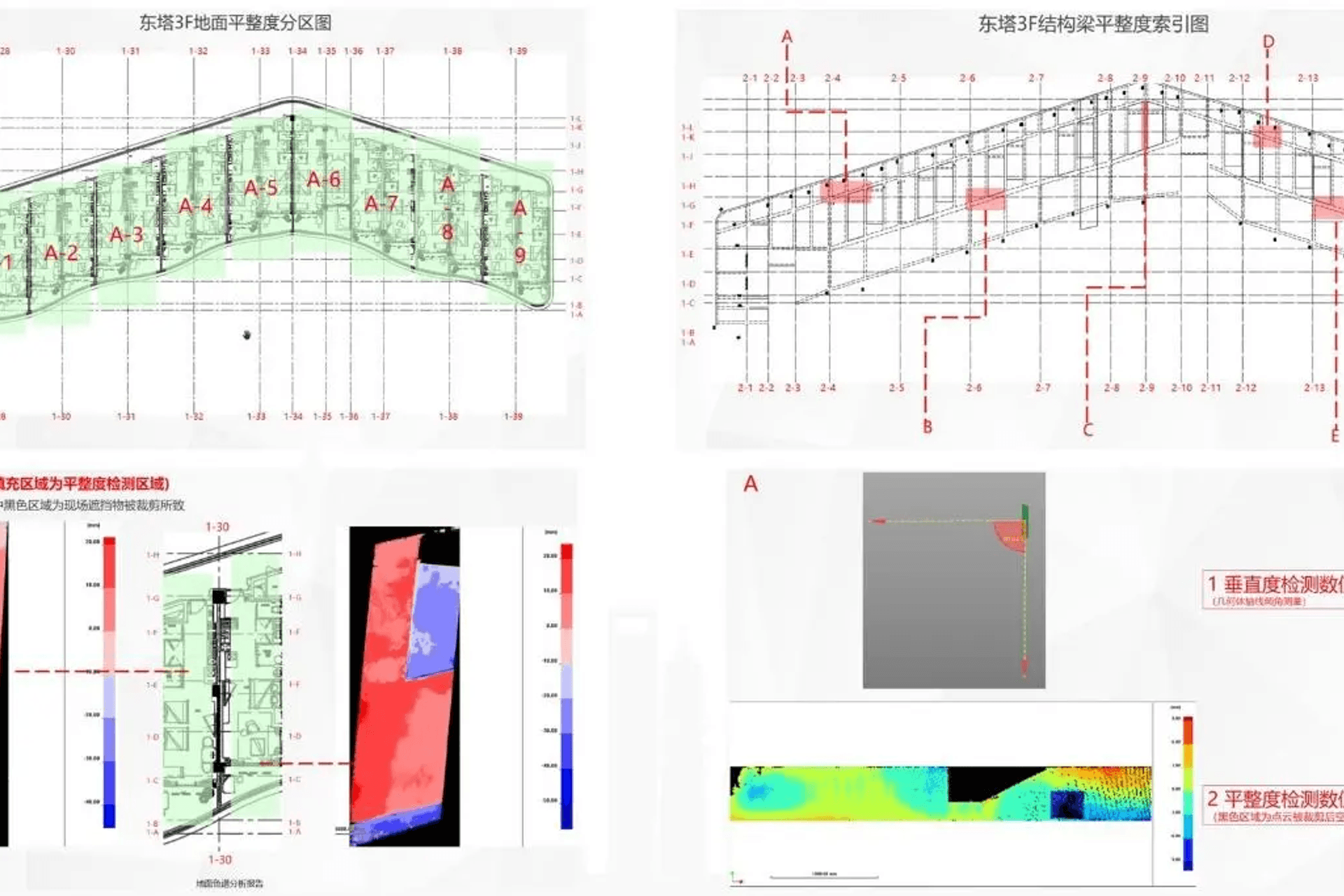
“We scanned point clouds of each room to get the room dimensions, standardized the room type design on the BIM model, and then used Trimble Robotic Total Station to layout the design accurately."-He Tao, CEO of OCD
The team synchronized models across disciplines using the point cloud data captured by the Trimble scanner. Due to this synchronization, materials, costs, standard processes, and other information were consistent. The unified standards saved time and money for the client.
At the beginning of the design, the hotel had hundreds of room types for more than 300 rooms, which was a massive headache for the construction team. Thinking quickly on their feet, the design team implemented two procedures to reduce construction time and ensure an accurate build. One was standardizing the room design, allowing prefabricated components in factory production. This standardization saved construction time, labor, and cost and reduced embodied carbon and waste. The other was to use Trimble point cloud scans to create accurate digital twins and Trimble Robotic Total Station layout for precise construction.
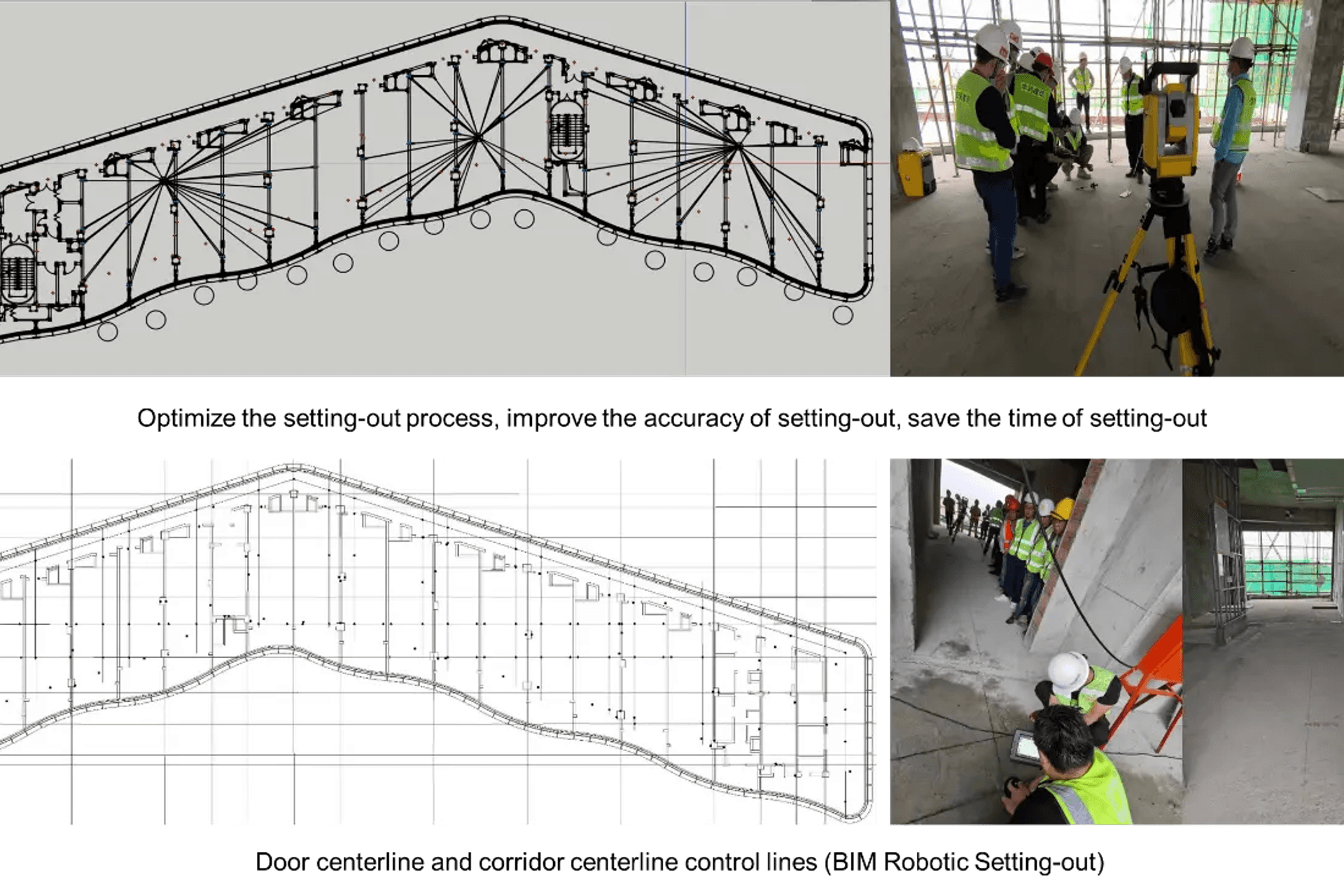
Robots are taking over the world… well, the construction process at least.
The Trimble Robotic Total Station (RTS) is a tool for accurately laying out the intended design on-site, delivering increased efficiency and precision with layout tasks. The hardware works alongside Trimble FieldLink software, which runs off a tablet that hosts the most up-to-date SketchUp model of the hotel. By selecting a layout point on the tablet, the Robotic Total Station orients and projects a laser beam to the relevant direction and angle within seconds. Laying out the site based on the BIM model improved the positioning accuracy of the masonry and finish materials and ensured the site was the same as the 3D model. The team visualized the layout using virtual reality mobile apps for bonus points.

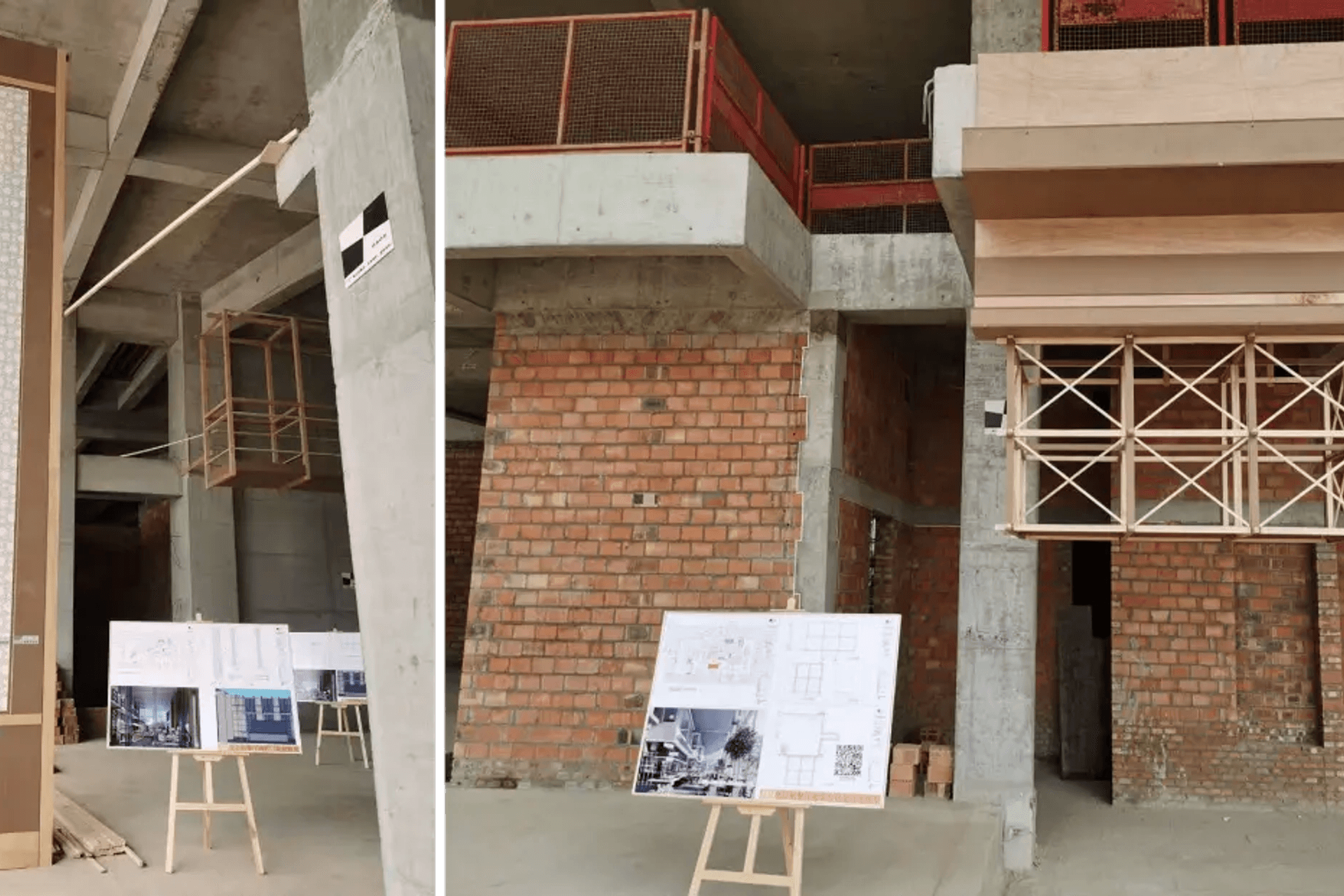
Make all your building systems sing with clash detection before construction.
Clash detection, the process of spotting issues between different disciplines’ models, is an essential application of BIM. It enables the project team to solve potentially costly inconsistencies within the BIM model before on-site construction begins.

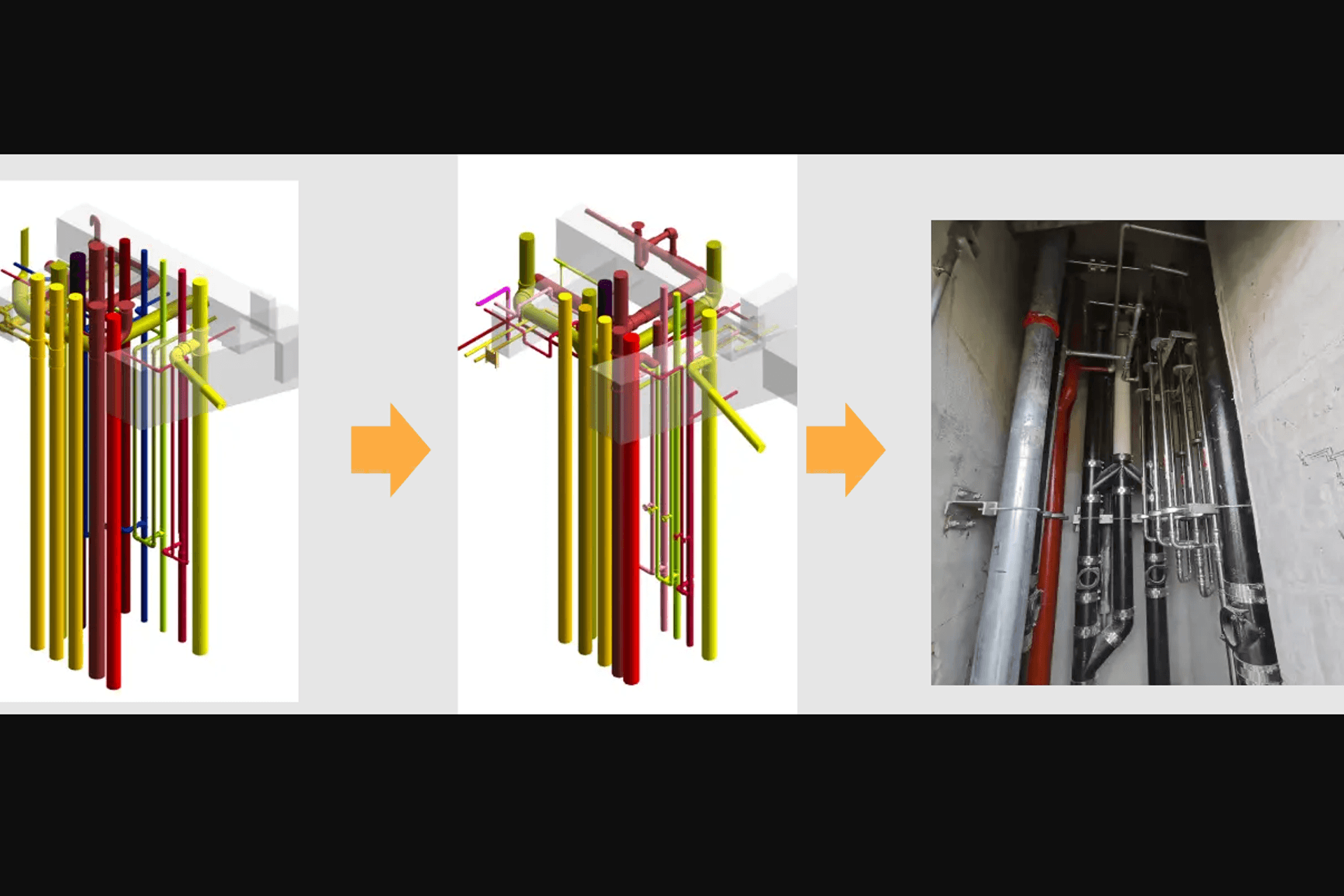
The benefits of the life-cycle BIM process are clear; scanned point clouds of a building’s structure can be easily layered onto the interior design and MEP BIM models. Leveraging Trimble Connect’s clash detection feature to assess all these layers ensured that the hotel’s overall MEP assemblies meshed seamlessly with the interior ceiling elevation requirements.
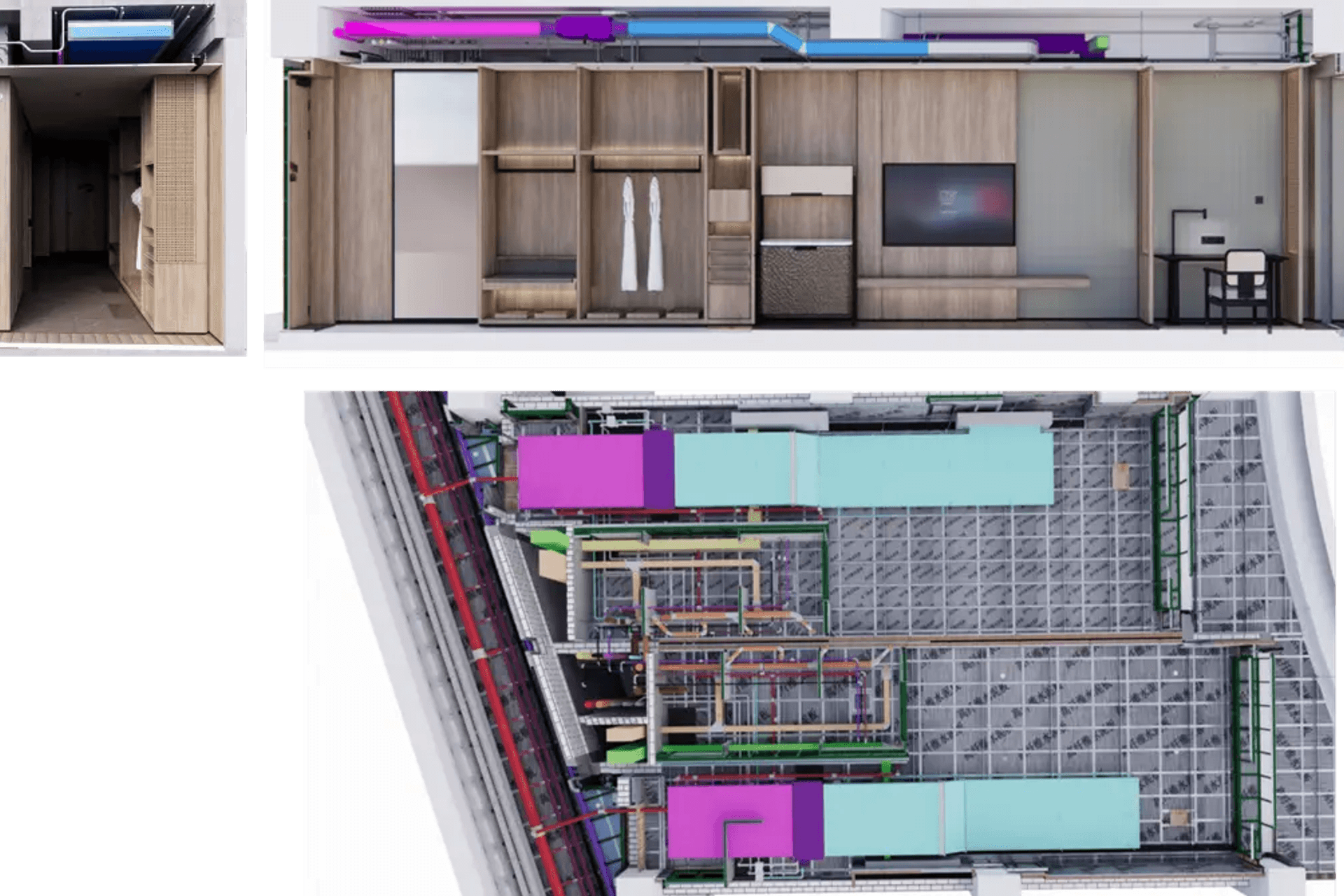
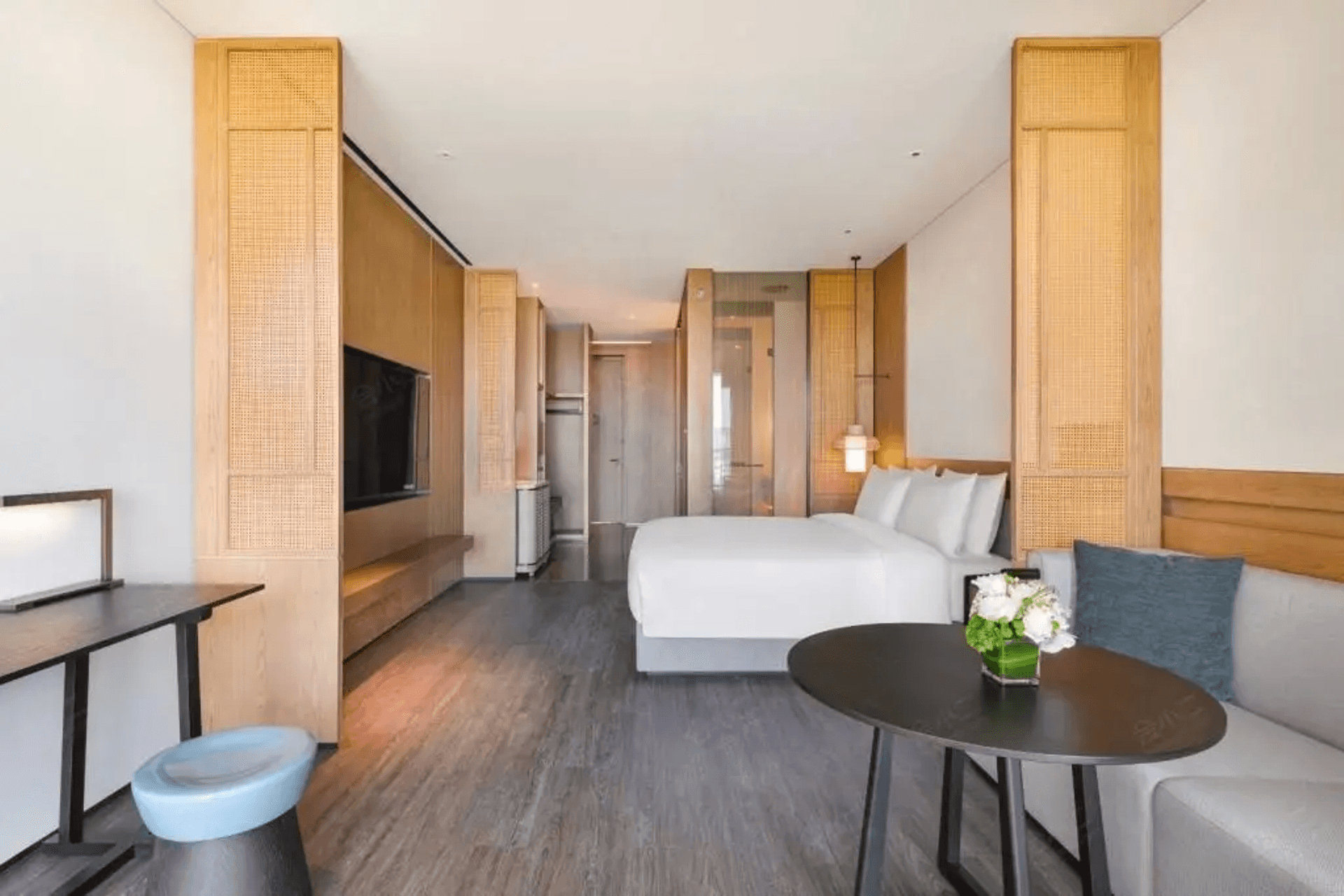
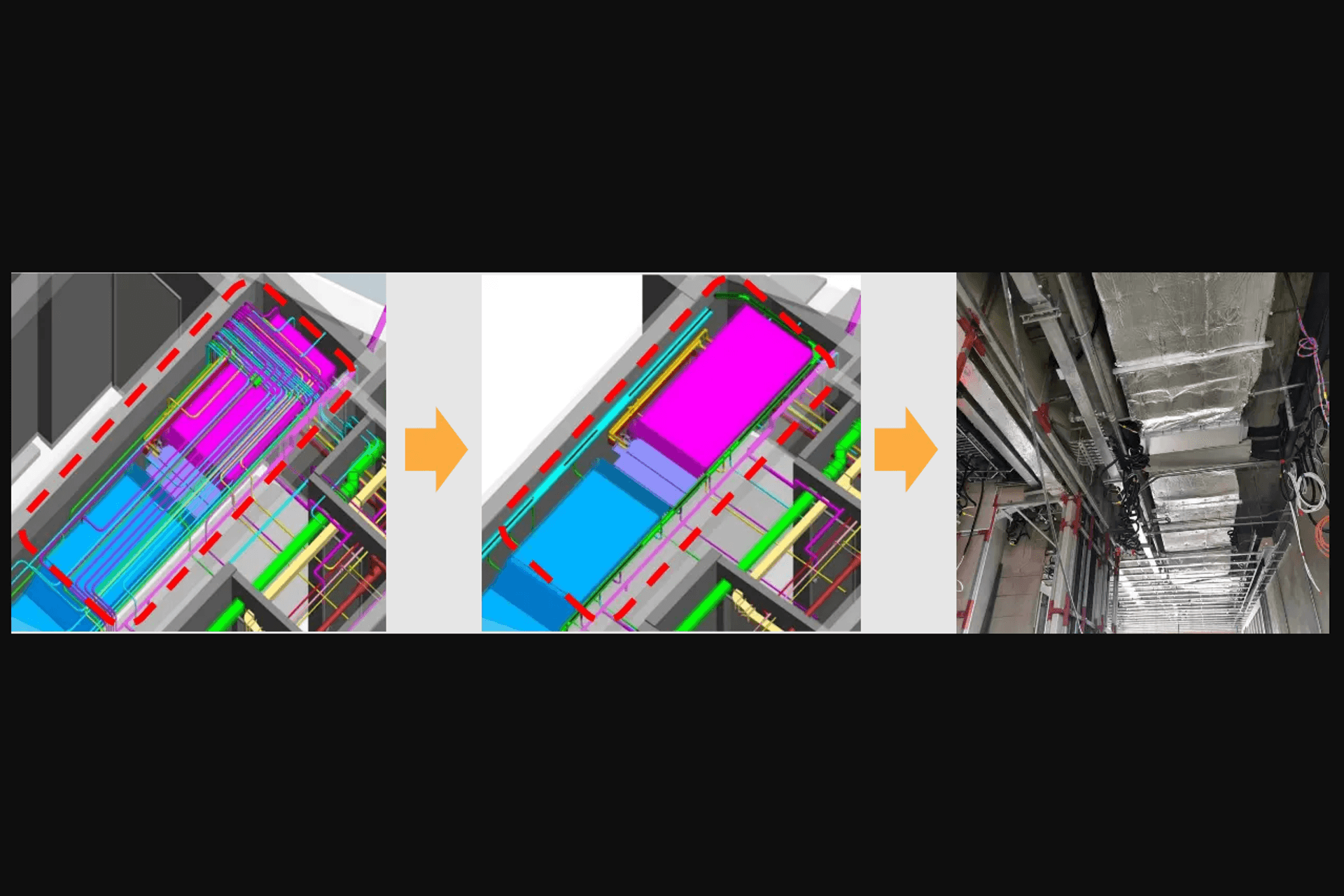
Bill of Materials (BOM) generated with just a click!
How does a traditional workflow for calculating BOMs look? Picture this: quantity surveyors sort through a thick stack of drawings on the table late at night. They tediously start calculating and recording the length, area, and volume data of each drawing by hand.
But the team didn’t want to stick to traditional for this project. With the BIM modeling process used for the Chengdu Hotel, the material coding and dimensions were input into Dynamic Components in SketchUp. The different materials corresponded to different calculations to generate volume or area from the model. Using SketchUp’s Generate Report feature, the quantity surveyors could export material properties and quantities in one click to get the BOM. By connecting design and construction, the SketchUp model fulfills the ultimate purpose of BIM and serves as a digital twin for future operation and maintenance.


Drawings from LayOut guided factory fabrication.
The team set up construction and installation sequencing using the BIM model and LayOut, SketchUp’s 2D documentation tool. Contractors placed orders for components by material type from the BIM model, and then the components were prefabricated and installed on-site. Because the LayOut drawings are synced with the SketchUp model, all drawings remained consistent and up to date throughout the construction process.
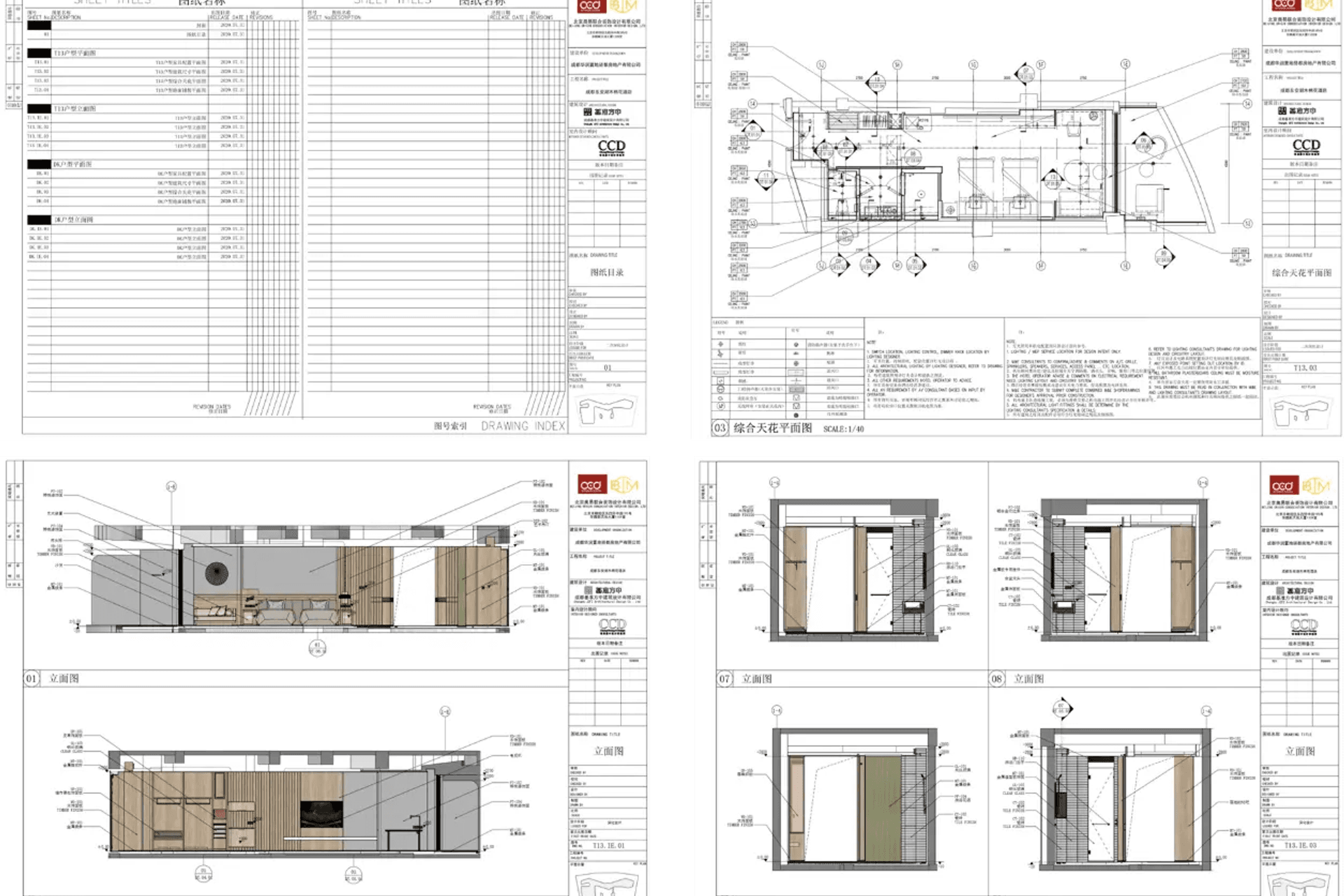
The BIM model guided the construction of the hotel’s interior and multi-discipline coordination, reducing construction time and increasing efficiency. It also served as a guide for procuring construction materials, mitigating potential safety risks on site, assembling with flow line processing in factories, reducing the material scrap rate, and meeting the government’s prefabrication rate requirement for the building. The SketchUp model was given to the factory manufacturers to guide the customization process of materials. As shown in the figure below, the BIM model drove the layout of finishes, achieving zero cutting, zero scrap, zero pollution, and low carbon because dust wasn’t produced on site. These processes saved time and staffing, reduced costs, and increased efficiency. Going forward, projects by CRL and partners will use this new workflow for hotel fit-out material assembly.


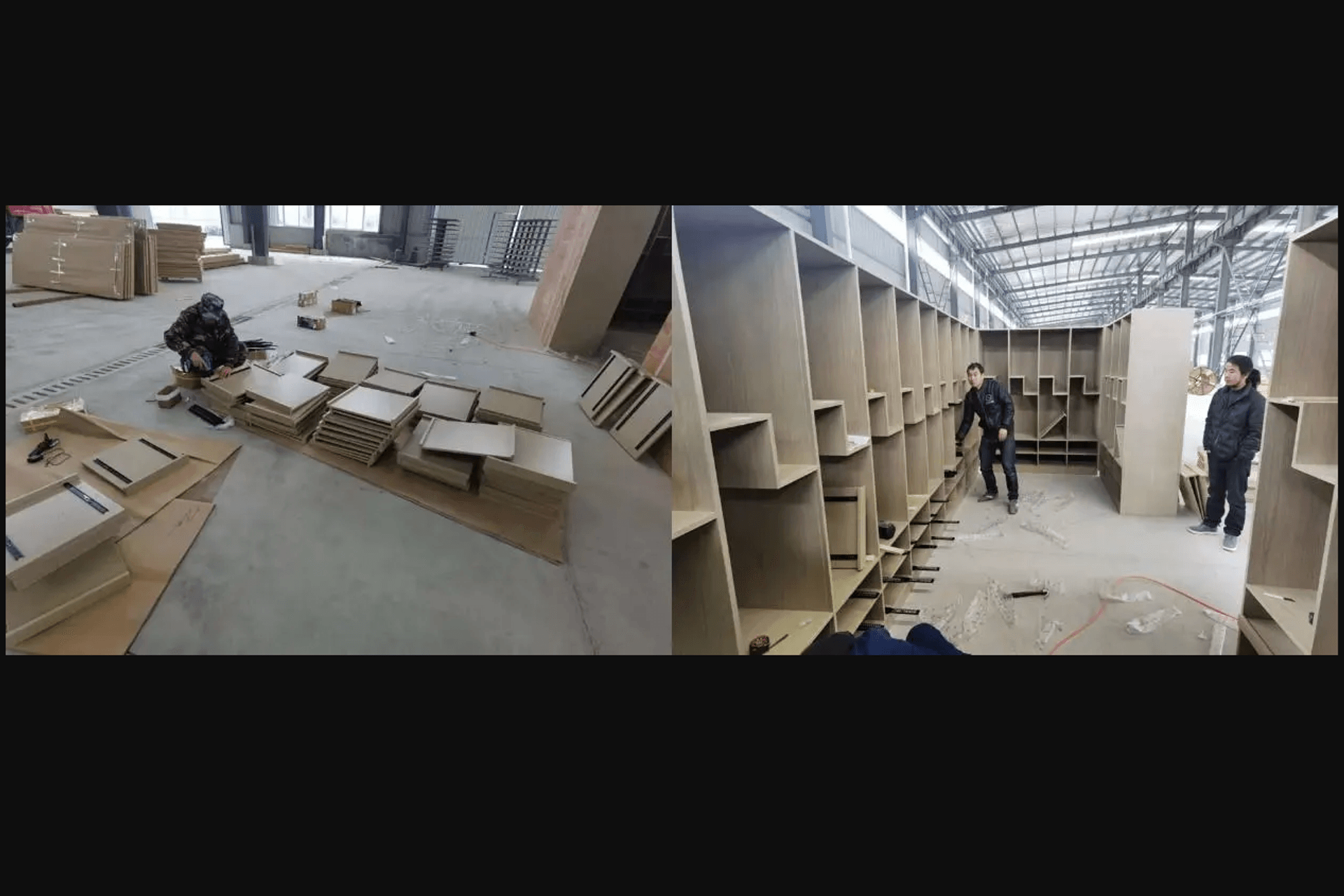
Cloud-based, collaborative design
The design team didn't waste time downloading and copying files by interacting with SketchUp extensions throughout the cloud-based collaborative design platform. The highly-coordinated, all-discipline design process helped stakeholders communicate the project timeline, share and transmit data, and reduce the errors and omissions in traditional construction drawings.

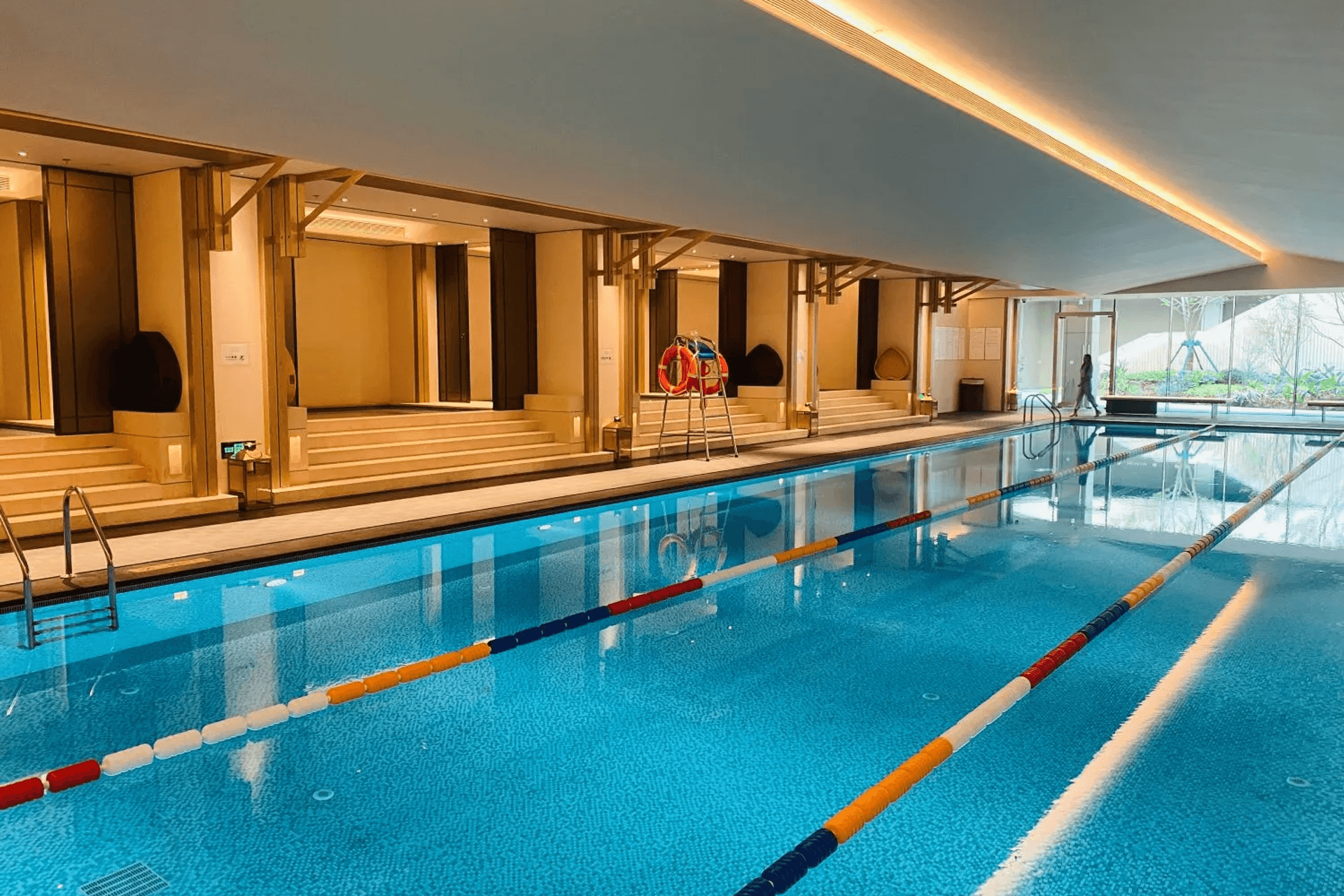
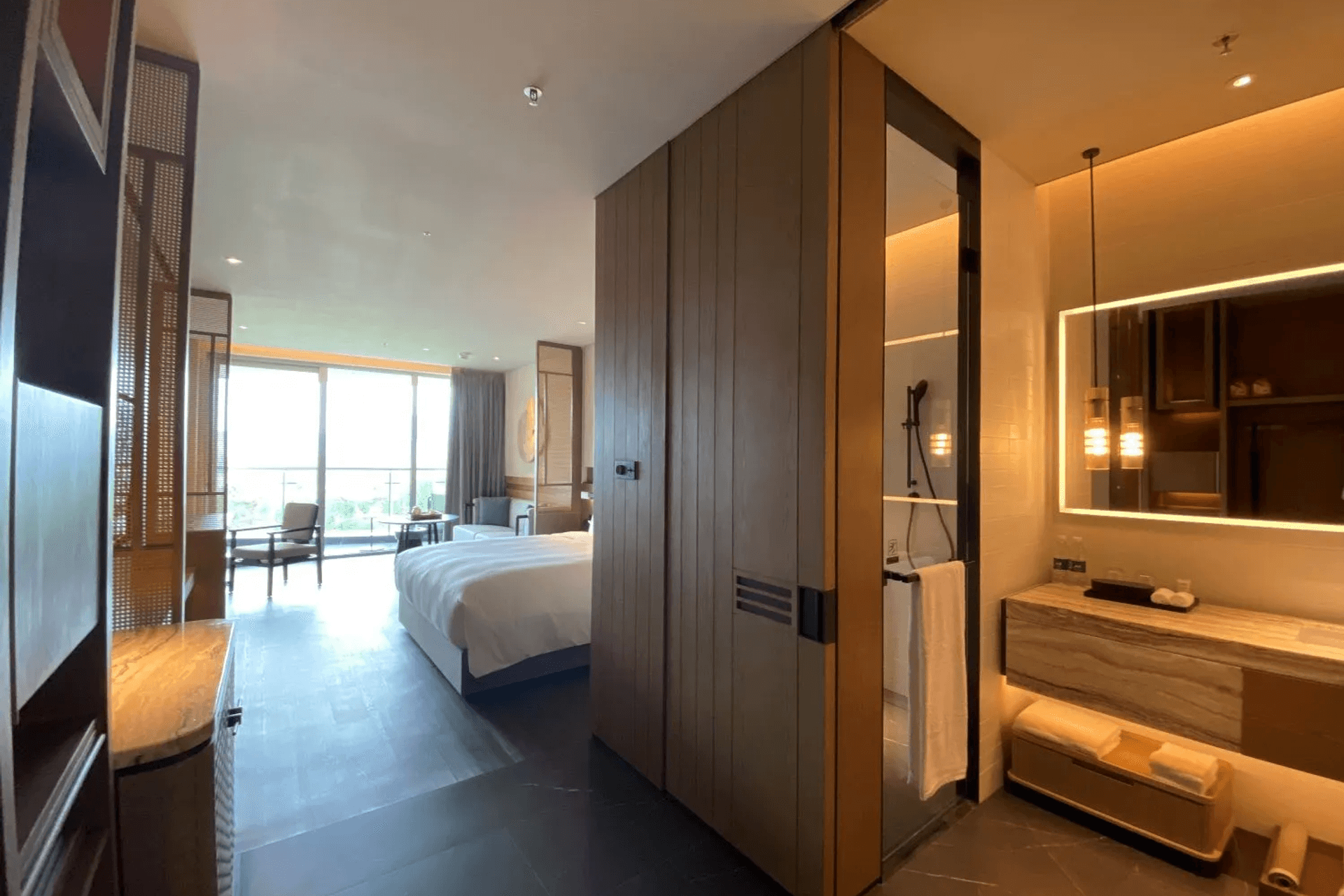

"The BIM process used for Chengdu Hotel is a best practice that should be used for future buildings. The model's fitness, the use of coding, the control of quantities, the collaboration between multiple parties, the collaboration between BIM and the site, etc., have all been done 'just right.'"-Wei Lai, Secretary-General of building SMART China Chapter
SketchUp is an excellent design modeling software and BIM tool for many domestic and international projects. According to the design team for the Chengdu Hotel, SketchUp is simple and lightweight, and when combined with other Trimble software and hardware, it’s the ultimate design package.
With only three years of accumulation and validation, CRL and OCD (with other partners) have achieved something spectacular – nearly 50% construction time savings, significant cost savings, increased safety, and carbon reduction. The design team cautions that it takes a few projects to incorporate these workflow improvements fully. However, with this technology, you can achieve true life-cycle BIM for design and construction by changing and upgrading your workflow.
See ProCadSystems link for Purchasing Trimble Connect (which is included with a SketchUp Pro subscription).
